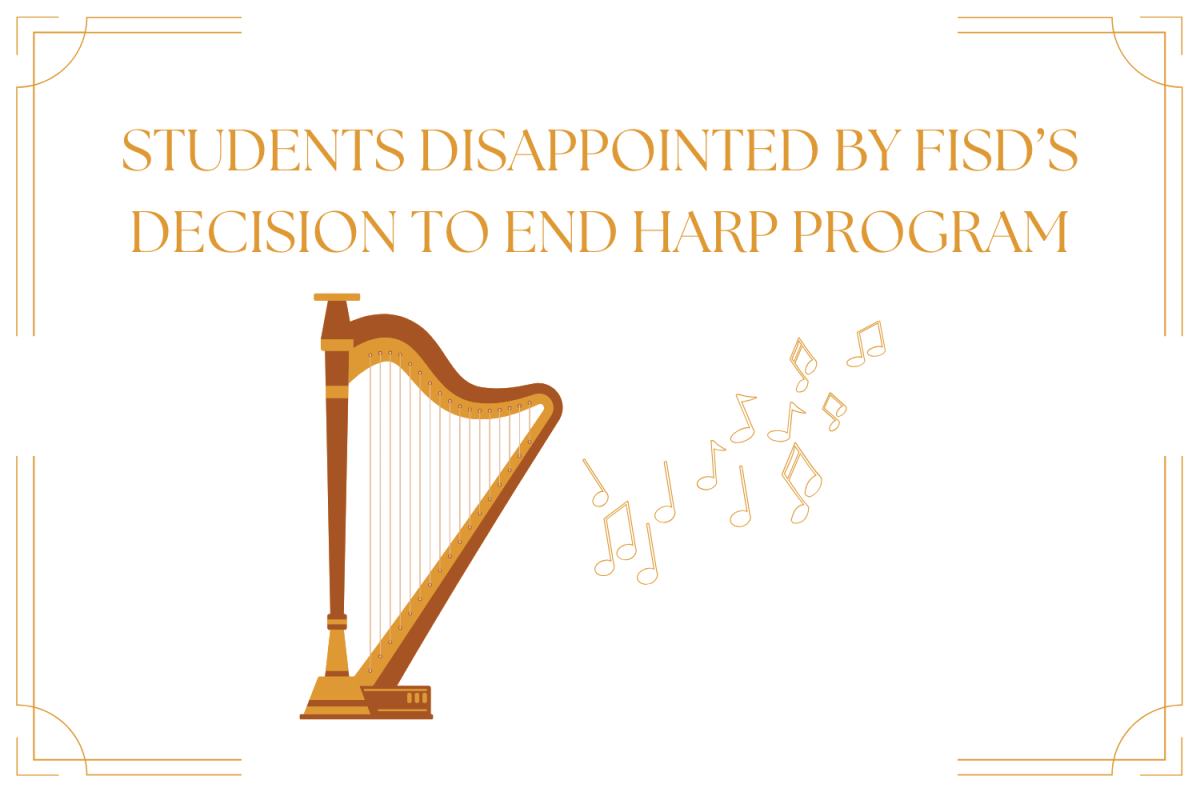According to Econfact, beginning in the 1930s, elite colleges began using standardized tests in their application process, and public schools added this to their process in the 1970s. Since then, they have been an integral part of applying to numerous colleges and the high school experience. The biggest change to this occurred during the 2020 COVID-19 pandemic when many schools began allowing students to submit their applications with the choice of adding their test scores. Although some schools have gone back to their test-required policy post-COVID-19, the applicants of fall 2025 still have options available for test-optional schools.
“We moved to test-optional during the pandemic when testing was hard to access,” said Mandy Castro, Dean of Admissions at Texas Christian University. “We have been studying the effects on our students’ success rates and will continue to reassess the need for tests on an annual basis.”
Like many other schools, TCU opened up the “test-optional” choice in 2020. TCU feels that they look at all aspects of a student’s application, and a test score may not fully reflect the students’ achievements.
“We believe we can make wonderful admission decisions when looking at the whole student rather than a test score, which represents only a one-time snapshot of the student’s performance,” Castro said. “ The grades, rigor, co-curricular activities, personal statements and letters of recommendation all help paint the full picture of our students.”
Other schools, such as the University of Chicago, also feel that giving students the ability to choose to submit their scores allows a student’s abilities to be observed in more ways.
“I think test scores can definitely be indicative of a student’s abilities, but oftentimes I feel that there’s, or at least the university as a whole, feels that test scores are not the only thing that a student has used to demonstrate their abilities,” said Eva Schultz, a second year student working in the office of admissions. “It can be a little bit limiting to just say this score is indicative of your intelligence or your abilities.”
The University of Chicago also feels that with the test optional application, colleges can have a more holistic approach, which may relieve built up pressure on one test. Some students, who may not have applied originally, might be more motivated to apply due to less pressure. University of Chicago Admissions have decided to keep this policy long-term.
“Not requiring the test scores allows us to get a broader look on the students,” Schultz said. “I feel that, at the same time, it diversifies the pool of applicants subsequently at the school, because we are sort of not centering on one number or one ability, but broadening what it means to be an intellectual and someone that can thrive at the university.”
Counselors also agree that the option not to submit test scores could increase the chance that students will apply, while also feeling it could help provide the colleges more insight into students who do submit test scores.
“Test-optional admissions policies tend to attract more applicant,” lead counselor Andrea Douglas said. “Your test scores provide extra data points that schools can use in their admissions decisions.”
Like other schools, TCU, does not feel that adding in this option has weakened any of their statistics but hopefully helps the students when applying. Regardless, the policy gets reassessed annually.
“Our overall test scores and GPA have not dropped in light of allowing students to choose whether or not to use the exams,” Castro said. “I think it takes some of the stress away from the students. At least I hope it does.”
On the other hand, a smaller percentage of schools are reinstating their test required policy. According to Private Prep, some schools such as Yale, University of Florida, Purdue, MIT, and many other schools require some sort of test score to showcase a student’s ability.
According to Yale News, starting in early 2024, Yale reinstated their test required policy after four years. They did add a new policy, which is considered “test flexible.” This allows students to choose from ACT, SAT, AP, and IB test scores to submit.
“The admissions committee needs to first establish an applicant’s academic foundation before it can consider their many other strengths and potential contributions to Yale,” said Jeremiah Quinlan, dean of undergraduate admissions and financial aid at Yale, in an interview with Yale News. “We’ve found that standardized tests are especially valuable for students attending high schools with fewer academic resources and fewer college-preparatory courses.”
With their new policy, the admissions will now get the chance to see students’ academic ability through other test scores.
“I like that the inclusion of the new test types pulls some of the focus away from the ACT and SAT,” Quinlan said. “We now have the research to support that subject-based exams such as AP and IB also predict Yale grades, even when controlling for other factors”
For a top school such as Yale, their admissions do become more exclusive, but Quinlan explains how they continue their holistic look at students, even with the test requirement, and that students should lessen their worries about their scores.
“Our process is, of course, very selective, but it is also holistic and contextual,” Quinlan said. “Each applicant is considered as an individual, and officers conduct a whole-person review of each file. My advice to students is to not let your scores define you: whether your scores are perfect or are below Yale’s typical range, it is other factors that make an application stand out in our pool. These include qualities like curiosity, leadership, creativity, care for others, and resourcefulness.”
Colleges keeping and removing their test-optional policy have different reasons as to why their choice is better for their application process. Nevertheless, the changing of the applications has affected students by causing them to make choices and reflect on how their scores showcase their ability.
“Having both test-optional and schools requiring tests have affected my application process because I feel like I have to weigh if I should go test-optional to better my chances,” Geetika Rebba, ‘25, said. “Overall, making that decision for each school that is test-optional is a bit time consuming, whereas those that are test required, I don’t need to make the choice.”
Many schools have the same options for people who are choosing to submit their scores or using the test optional policy. For example, TCU provides scholarship opportunities to both students who choose to submit scores and those who don’t. University of Chicago students also are not disregarded for admission regardless of their choice.
“It is not necessarily going to harm or help a student, but it can be sort of just another indicator of a student’s skill level if they’re submitting it because they believe that it is something that demonstrates their ability,” Schultz said. “If it’s not in the profile, it’s not gonna be like ‘oh you didn’t submit so that means you did bad, and we are gonna mark that off.’ It’s definitely not that way at all. It’s more so if it’s reflective of a student’s ability, they can feel free to submit it.”
Even with colleges reassuring students that they are not to be looked down on for not submitting test scores, students may still feel that their choice could be harmful to their submission. Some schools are considered “test blind” which means they do not consider a student’s scores, whereas test-optional schools do consider a student’s score if they choose to submit it.
“I think that I am at a disadvantage if I don’t send my scores in,” Rebba said. “Because I think when it comes down to me and another applicant and they send in their scores, it would seem that I may not be the better fit even if their score is less than mine. A lot of schools are not test blind, which puts pressure on me to send them in.”
To know whether or not a school is a test optional, look at their application on the Common App or Apply Texas website.









Sydney LaCour
Sep 23, 2024 at 1:00 pm
Very informational!